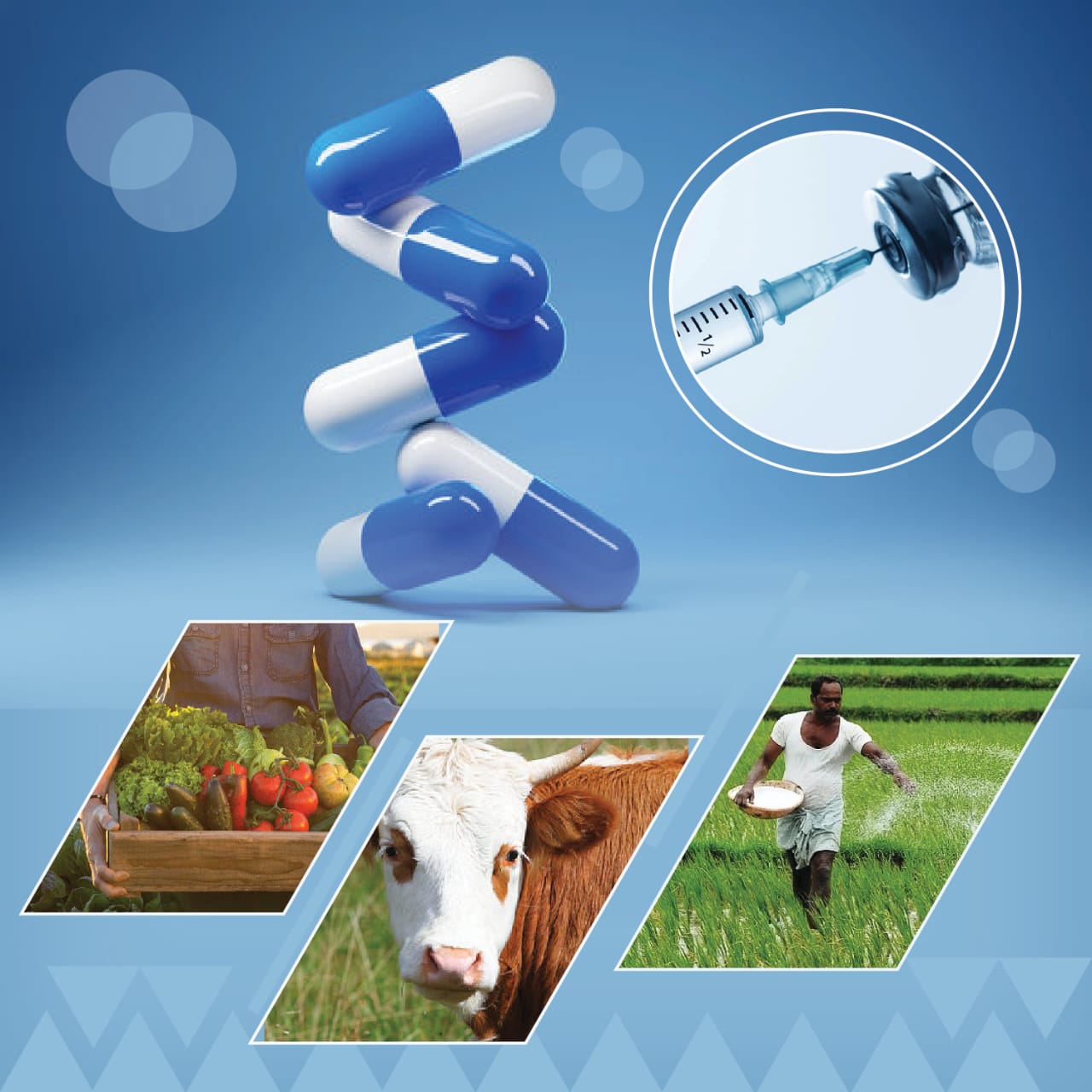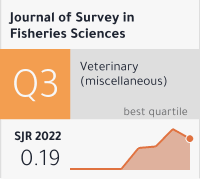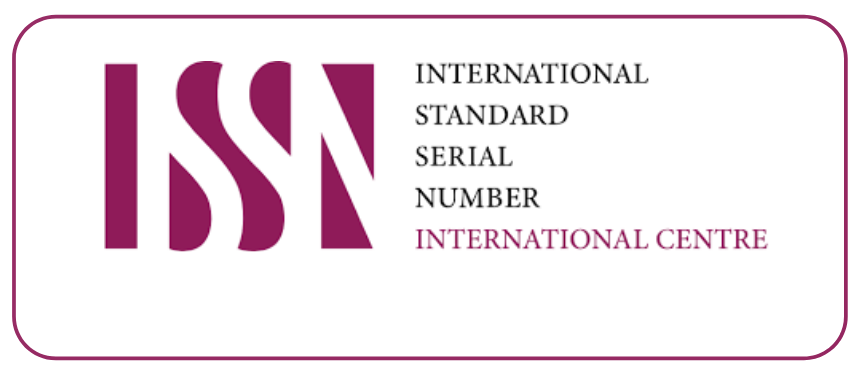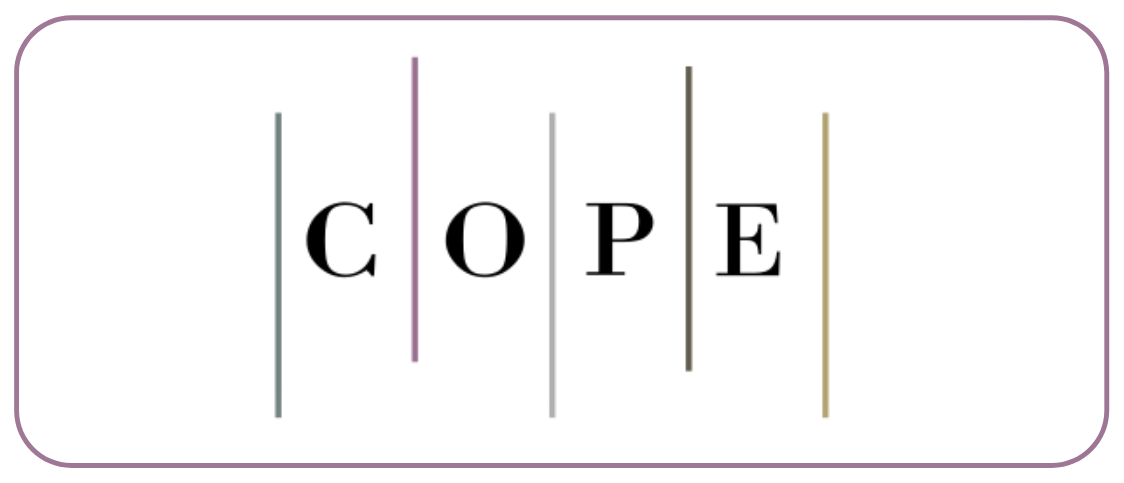Growth And Production Of Eudrilus Eugeniae Cultured In Different Ratios Of Partly Decomposed Cowdung And Camellia Sinensis (Stain Removed) Powder Waste
DOI:
https://doi.org/10.53555/sfs.v10i2.1208Keywords:
Eudrilus eugeniae, Camellia sinensis, Vigna radaita, Cocoon, PSR, Vermicompost, MCDCS, Macro nutrients, Micro nutrientAbstract
The rate of cocoon production, cocoon incubation time and hatching ability the earthworm Eudrilus eugeniae were observed in 100, 75, 50 and 25 per substrate ratio prepared from mixed cow dung and Camellia sinensis (stain removed) powder waste materials cow dung and Camellia sinensis (stain removed) powder waste materials and soil for 45 days study. The worms kept in 25, 50, 75 and 100 PSR medium observed gradual increase weight at the end of 45th days. However, the per cent weight observed in 25 PSR medium was relatively very high when compared to other medium. The worm kept in 75 PSR medium for 45 days produced relatively more cocoons (1086 as total and 0.482 cocoons/ worm/ day) than the worms kept in other 50,100 and25 PSR medium (693, 661 and 446 total and 0.308, 0.230, 0.0198 cocoon/ worm/ day). Among the MCDCS medium studied, the worm kept in 75 PSR medium of 1086 cocoons and were hatched out in to the 667 young-ones at the rate of 0.614 with 61.4% hatching after a period of 13 days of incubation time. However maximum of 110.76 hatching success was noticed in the cocoons collected from the earthworm exposed the 25 PSR (110.76) medium. Soil parameters such as pH, Ec, Macro nutrients (N, P & K) and Micro nutrients (Fe,Mn, Zn & Cu) present in the PSR sample of MCSCD before and after using them by the earthworm Eudrilus eugeniae observed. The pH observed in the samples of 25, 50, 75, 100 PSR medium (7.8, 7.8, 7.7, 8.9) after 45 days showed a significant increase over their values observed before earthworm invasion medium (7.6, 7.7, 7.2, 7.6). The Ec level on the contrary showed a significant decreased over its initial values in partly decomposed cowdung, 25 and 50 PSR samples obtained after cultured medium. Over all, the level of K and Mn present in MCDCS medium were relatively high when compared to other nutrients. The earthworm while cultured drastically lowered levels of Phosphorus and Iron, the PSR medium obtained. The MCDCS vermicompost tested Vigna radiata plant exhibit higher seedling growth rate and percentage of germination than control plants. It could be inferred that the substrate ratio with 75% is considered to be good medium for the culture of earthworm under laboratory condition and also Vigna radiata seedling growth study.









